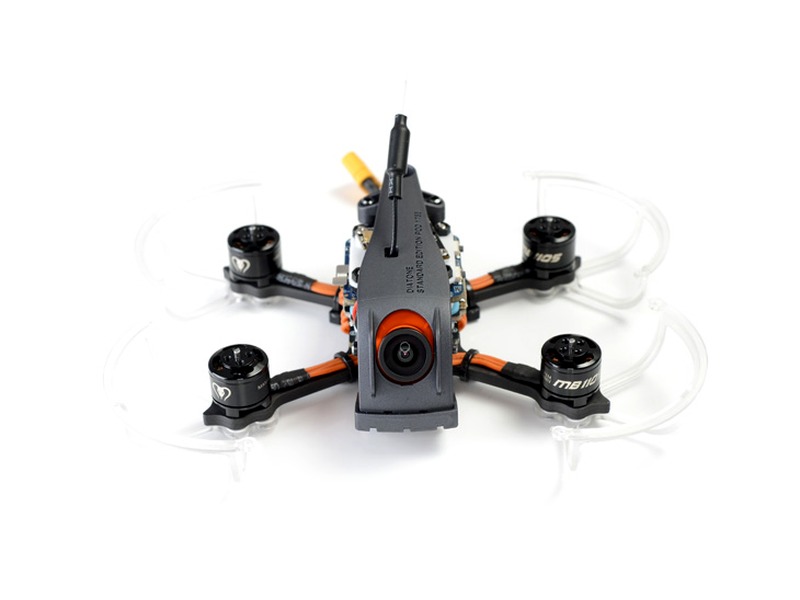How do Quadcopters yaw?

A quadcopter’s ability to yaw is one of its most impressive feats and requires some explanation. Yaw is the rotation of an object around its vertical axis. In a quadcopter, yawing is the ability to rotate left or right while hovering in place.
In order to yaw, a quadcopter's four motors must all be spinning at the same time but with different power outputs. The power from each motor is controlled by the electronics in the drone, usually through a master/slave system. In order for the drone to yaw, the power is sent to two of the motors, usually the front left and rear right, making them spin faster than the other two motors. This imbalance in power causes the drone to rotate around its vertical axis.
The rate of the yawing can be adjusted based on how much power is sent to these two motors. If the motors produce a lot of power, the drone will yaw quickly. If they produce less power, the drone will yaw more slowly.
Yawing is important in drone navigation, as it allows the drone to turn in place rather than fly in a straight line. This means that the drone can move in any direction without having to first fly in the opposite direction. This is important for camera-based tasks, as the drone can quickly change its orientation to take photos or videos from different angles without having to fly around in circles.
Yawing is also useful for precision control. For example, a drone can be programmed to rotate a certain number of degrees, allowing it to accurately fly in a specific direction. This is especially useful for applications such as mapping, where an exact orientation is needed.
Finally, yawing is important in FPV (First Person View) drone racing. By yawing, a drone can quickly and accurately change its direction, allowing it to move through tight courses at high speeds.
In short, quadcopter yawing is the ability to rotate left or right while hovering in place. It is accomplished by sending different amounts of power to two of its four motors, causing it to rotate around its vertical axis. This is useful for navigation, precision control, and FPV racing.
Comments / Question
2. Maintain a safe distance from people and objects when the quadcopter is in flight.
3. Keep the quadcopter away from power lines and other electrical sources.
4. Check the battery levels before each flight and ensure that the batteries are fully charged and in good condition.
5. Make sure that the yaw control system is properly calibrated and functioning correctly.
6. Avoid flying the quadcopter in windy conditions.
7. Monitor the quadcopter’s altitude and speed at all times.
8. Be aware of the quadcopter’s surroundings and the potential for obstacles or hazards that may affect the flight path.
9. Always follow the manufacturer’s instructions and safety guidelines.
2. Increased Maneuverability: The yaw control system allows the pilot to make more precise turns and maneuvers, which can be beneficial for aerial photography and videography.
3. Enhanced Safety: The yaw control system helps to prevent the quadcopter from spinning out of control, which can be dangerous for both the pilot and bystanders.
4. Reduced Battery Drain: The yaw control system helps to reduce the amount of power needed to keep the quadcopter stable, which can help to extend the battery life.

